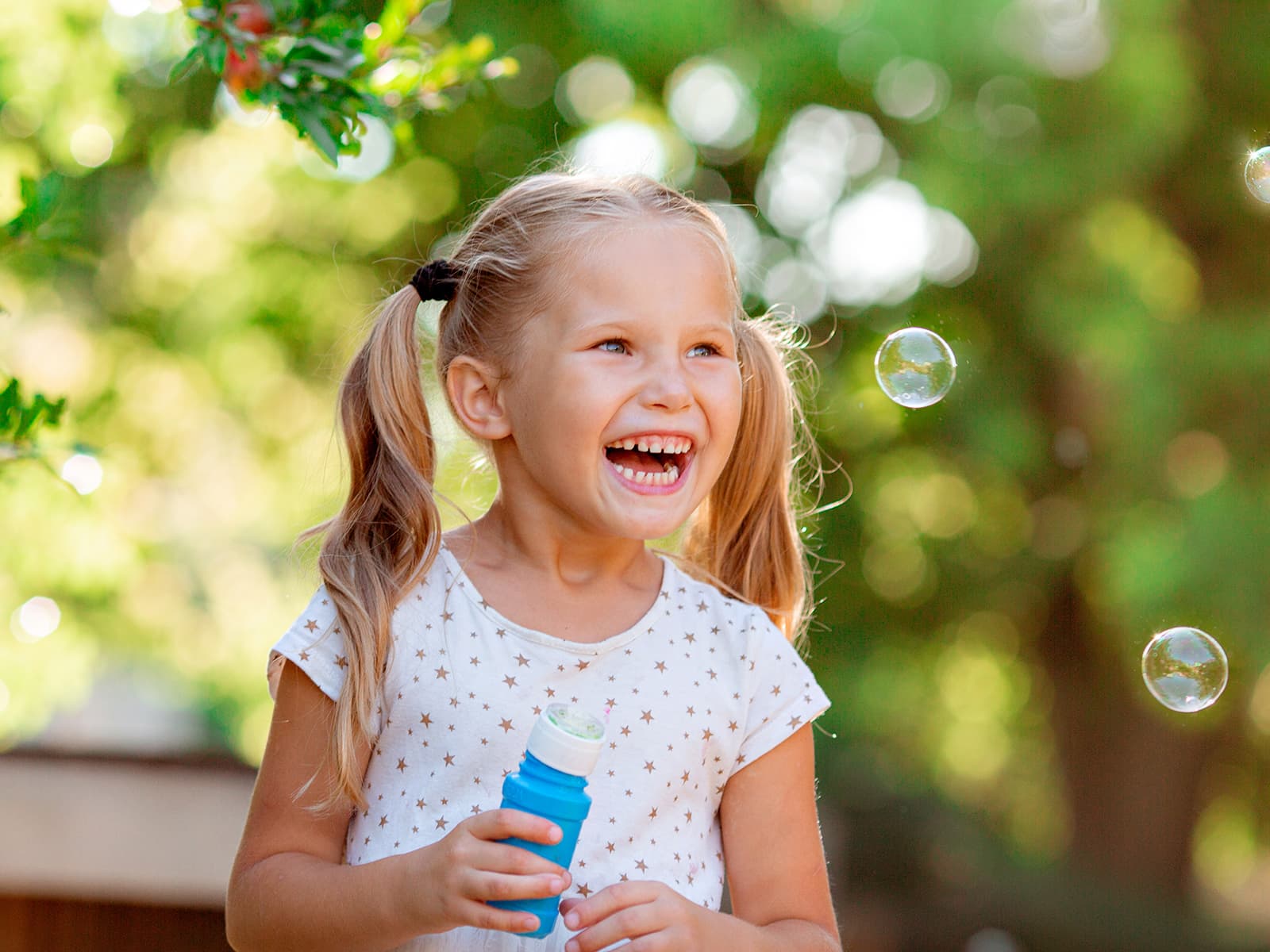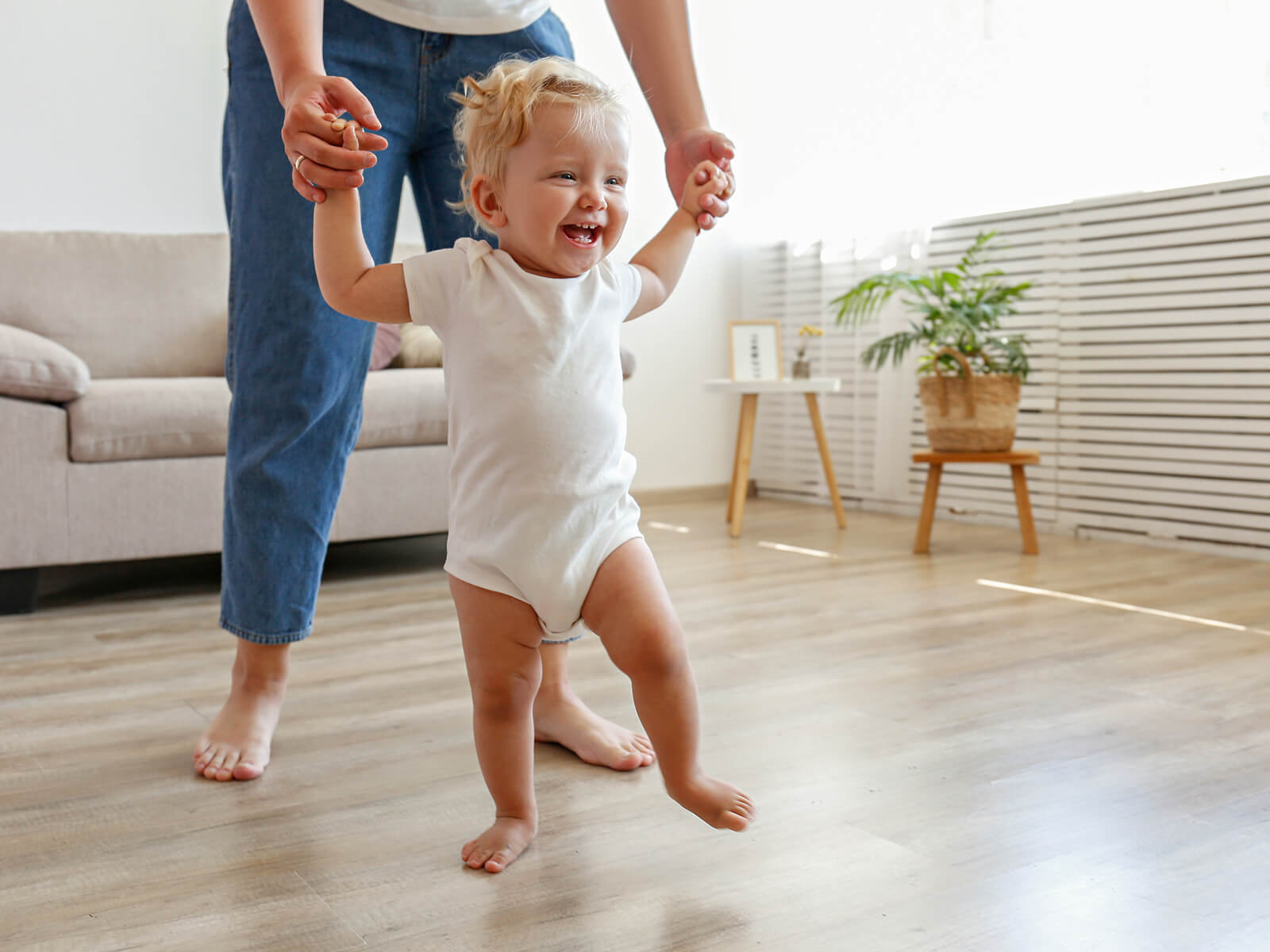
Health Tips
Let Them Play: Why Outdoor Time Is Essential for Kids
If it feels like your child spends more time gazing into screens than looking up at the sky, you’re not alone.
Between school, homework, packed family schedules, and the ever-present screens, outdoor play can easily fall to the bottom of the priority list. But here’s the thing: unstructured, active play — especially outdoors — isn’t just a “nice-to-have” for healthy children. It’s a need.
Nurse Practitioner Ariel Shagena often talks to families about the importance of physical and mental health, sleep, focus, and emotional regulation. The common thread? “Outdoor play can support all of it,” she says.
So let’s break down why it matters, what’s getting in the way, and how you can make play a more natural part of your child’s daily life — without adding extra stress to yours.
Why Outdoor Play Matters (More Than You Might Think)
Play is how kids process the world, build skills, and burn off energy (both physical and emotional). When that play happens outside? Even better.
“Indoor play has its place, but there’s something uniquely energizing about outdoor play,” says Ariel. “Kids naturally move more, stretch their imaginations, and burn more energy outside. It’s less about structure, more about exploration.”
Here are just a few of the benefits:
- Physical health: Kids who play outside tend to have lower obesity rates, better motor development, and stronger muscles and bones.
- Mental health: Outdoor time has been shown to reduce stress, anxiety, and depressive symptoms. For kids with ADHD, time outdoors often means fewer outbursts and better regulation.
- Cognitive and academic growth: Play boosts focus, attention span, and even school performance.
- Creativity and curiosity: Being outside nurtures imagination and a love for the natural world.
- Better sleep: Exposure to natural light helps regulate sleep cycles — something every parent can get behind.
What’s Getting in the Way of Play?
Ariel often hears families share struggles to getting enough outdoor play with their children. Here are some of the most common challenges — and how you can overcome them.
1. Screens. Everywhere.
Most kids are getting far more than the recommended screen time — especially over age five, where the goal should be less than an hour a day outside of school-related use. It’s hard, we know. But being intentional about screen limits frees up time and attention for better things.
2. Finding safe outdoor space
Some families don’t have a backyard or live in areas with easy access to parks. That makes planning ahead more important. Find a few go-to spots nearby (parks, greenways, walking trails) where your child can move freely and safely.
3. Weather woes
If you live somewhere with long winters (hello, Midwest), you’ve probably felt the “we’re trapped inside” blues. Or if you’re further south, you might stay indoors during the heat of summer. But even a few minutes of fresh air can reset the day. Dress for the weather, whether that’s in layers or UVP (sun protective) clothing.
4. Recess isn’t what it used to be
“Recess time has been drastically cut over the years,” notes Ariel. “At school, some kids get less than 20 mins of outdoor play a day.” Don’t count on your child getting enough play time at school. “They need to play when they get home, too!”
5. Kids who just don’t want to go outside
“Try making outdoor play part of everyone’s routine from a young age so it’s something they expect,” recommends Ariel. If outdoor play hasn’t been part of your family rhythm, kids might push back. That’s normal. Try easing into it — go outside with them, make it fun, and treat it as a routine just like brushing teeth. Over time, it’ll become something they expect and even look forward to.
How Much Outdoor Play Do Kids Need?
The American Academy of Pediatrics recommends daily physical activity for children of all ages:
- Babies: At least 30 minutes of tummy time and other play per day.
- Children 3-5: 3 hours of physical activity each day.
- Children 6+ and teens: 1 hour of moderate to vigorous activity most days of the week.
These recommendations include both indoor and outdoor time — but kids tend to play harder when they’re outside.
And remember: it doesn’t have to happen all at once. A morning walk, some play after dinner, and a weekend park trip can all add up.
Age-by-Age Ideas for Getting Outside
We get it — coming up with “one more activity” can feel exhausting. So here’s a cheat sheet of low-effort, high-fun outdoor ideas by age group:
- Babies: Place a blanket in the shade for tummy time. Bring toys you’d use indoors and let them take in the sights and sounds.
- Toddlers: Try water play, nature walks, sidewalk chalk, or mini garden “helper” tasks like planting seeds or watering flowers.
- School-age kids: Play a scavenger hunt, a game of “I Spy,” or even family games of tag. You can also go on family bike rides.
The activity itself matters less than the habit of getting out the door. So get creative and find what works for your family! It should be fun, after all.
Let’s Normalize Everyday Play
You don’t have to plan elaborate outings to enjoy daily play. Simply making outdoor time part of your regular routine sends the message that moving your body, connecting with nature, and unplugging are part of a healthy lifestyle — for everyone.
Be the role model. Go outside with your kids, kick the ball around, sit in the grass, take a deep breath. It might be the best part of your day.
Even if it’s just a 20-minute walk after dinner or a trip to the park on Saturday, it counts.
Need help finding local spots to explore or want more age-appropriate activity ideas? Ask your pediatrician at your next visit — we love talking about play!












